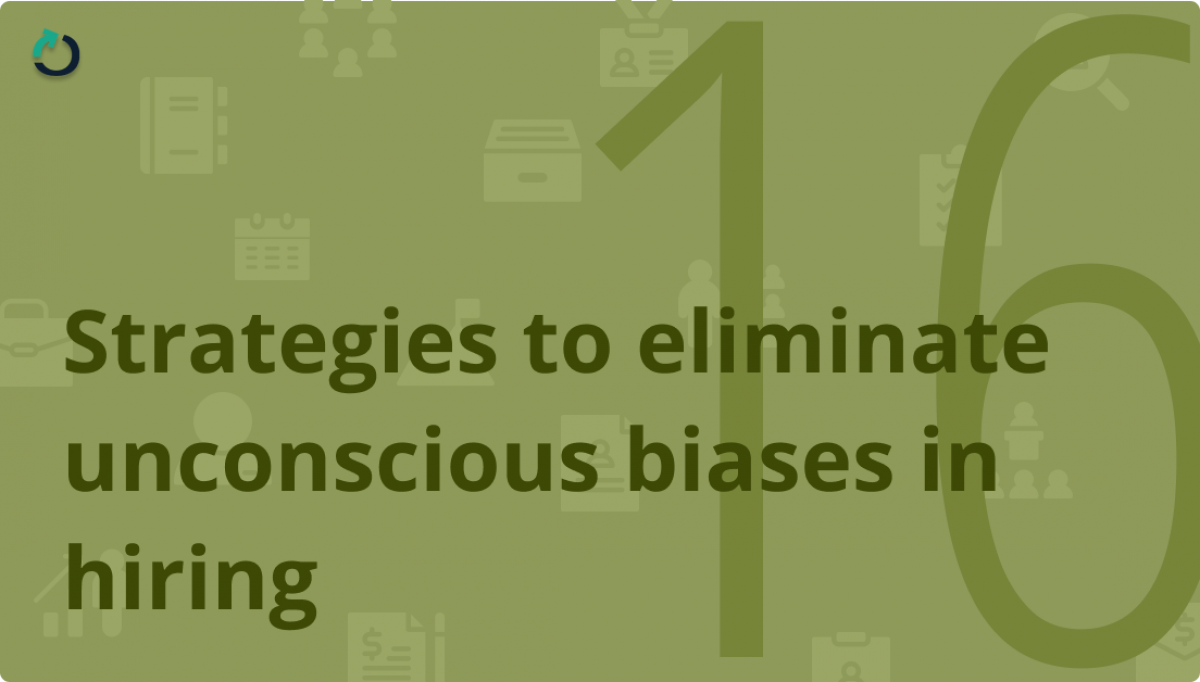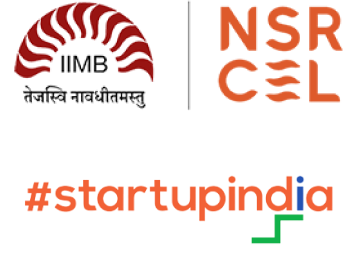In the previous article, we discussed the different unconscious biases you must be aware of as a recruiter. Now let’s dive into the real deal; how can we eliminate biases from hiring?
The truth is, there is no magic bullet. But there are actionable steps you can take to achieve the ever-elusive goal of an unbiased hiring process.
Awareness of the biases
At the first glance, this might seem like a truism, but there is a lot of substance to it. When you start learning the common biases and accepting that you are susceptible to them, you will start seeing progress, mainly for two reasons. One is that you are aware of the biases in yourself. And two, when you are aware, you change how you look at resumes, the hiring criteria, and the interview questions to suit your current beliefs. Awareness is always the first step to change.
Articulating a clear description of the profile you are looking for beforehand
This step is arguably the most effective practice you can do to minimize hiring biases. Written documents are powerful and considered sacred; the history of the human race will attest to that. When you put the pen on paper, you know you have to stand by them. So, by verbally articulating the kind of candidate you are looking for, you are setting an objective criterion for the candidate to meet. As such, your process will evolve to become objective and unbiased, instead of just being an eye test.
Anonymize CVs
There is a lot of research on the ineffectiveness of CV screening. But if you are not in a place to eliminate that, you can at least Anonymize them. Key details in CVs like name, nationality, age, and gender can give rise to cognitive biases, and there are countless tools online that can work for you.
Automate parts of your hiring process
Another way to minimize biases is automating parts of the hiring process; this is a contentious opinion in the industry. But research says that an automated hiring process, done right, can eliminate biases, improve hiring quality and reduce turnover in the long run.
One way you can do that is by administering skill tests with platforms like ours’. Using well-designed sectional pre-hiring tests can reinvent your hiring practices.
Structured Interviews
Unstructured interviews are highly susceptible to unconscious biases because your unconscious biases influence your impromptu interview questions more than you think. That is why most reputed firms like Google and McKinsey use structured interviews.
Structured interviews don’t mean having a script and not deviating from that at any cost, but making decisions based on objective criteria and eliminating the first impression bias. We will discuss this more in another article.
Screening over the phone
This is a bold strategy, but it also has a lot of detractors. Human vision is arguably the most powerful of all senses. As such, they are also responsible for most of our unconscious biases. So just by taking your eye out of the equation, you eliminate many unconscious biases.
Documentation of the hiring process
If everything goes into the book, you will be keener on reducing biases; not out of fear but because of the reflection during documentation. It is said that we use a bigger proportion of our brain while writing than most other tasks. To put an idea on paper, you need to think things through. This will lead to reflection and ultimately, positive change. So, take extensive notes in the interviews and never rely on your memory. Once all the interviews are done, go back to those notes to make your decision. Moreover, take notes on your decision-making process. Sound tedious, but effective.
I am not forcing you to deploy Merreo pre-hiring tests and eliminate all other processes to make everything objective but to accept the deep flaws inherent to all humans and take actionable steps to minimize them. Pre-employment testing is a powerful solution that is just a part of the puzzle.





